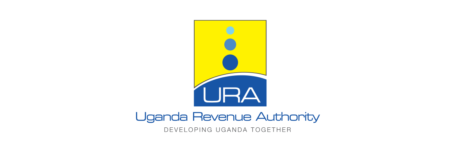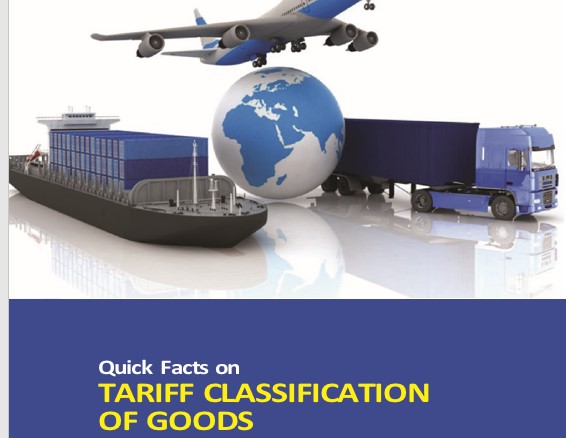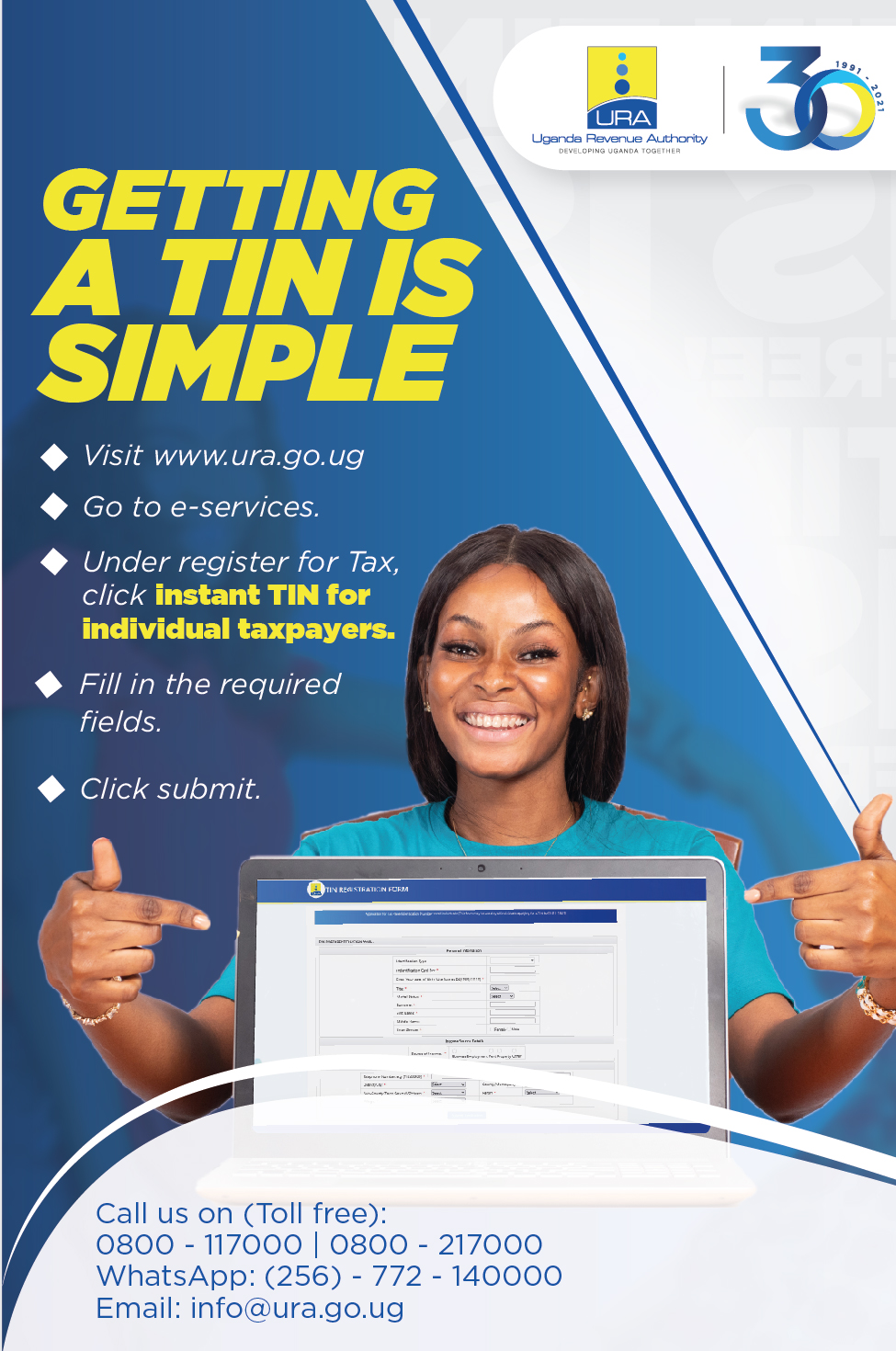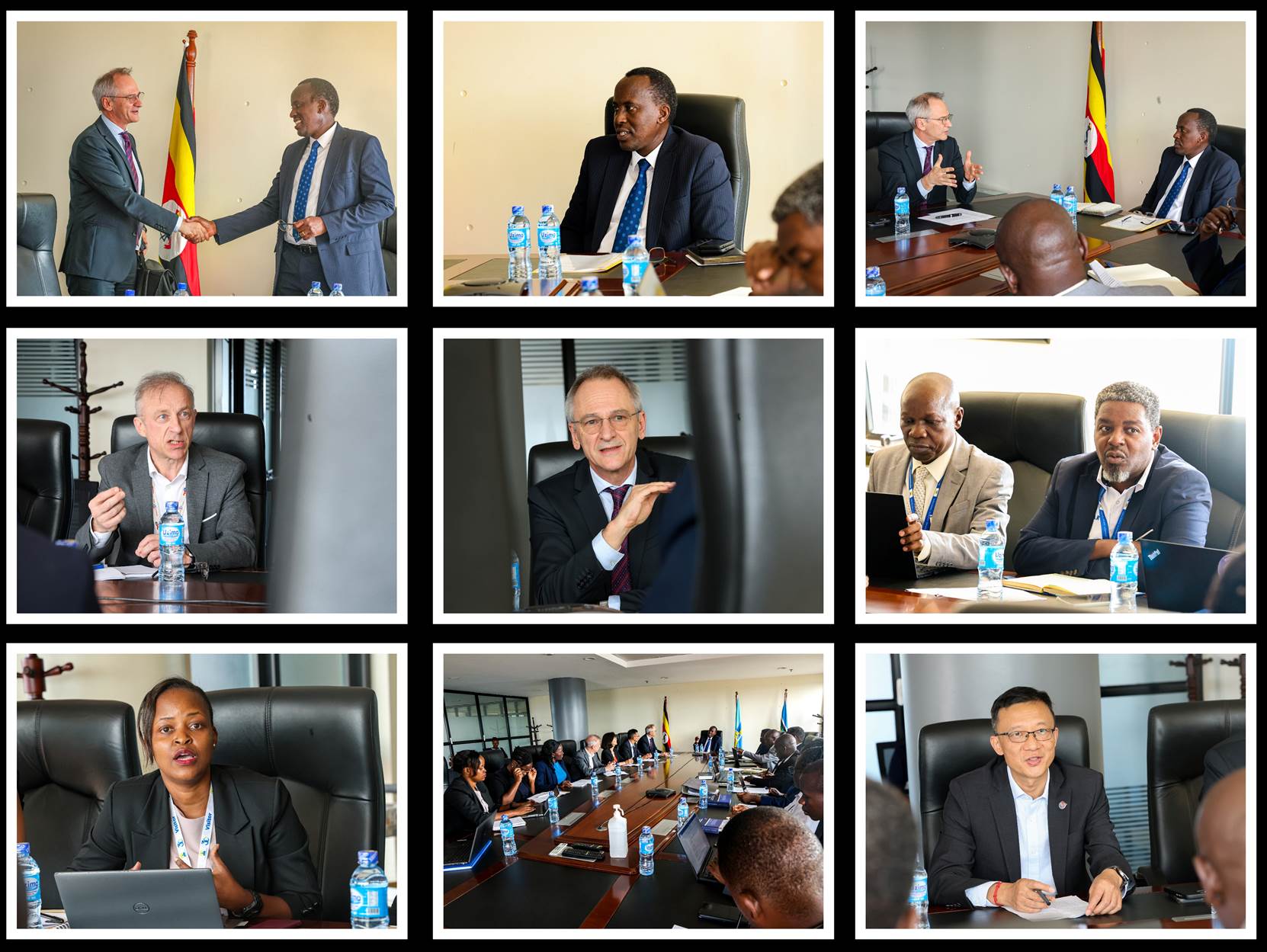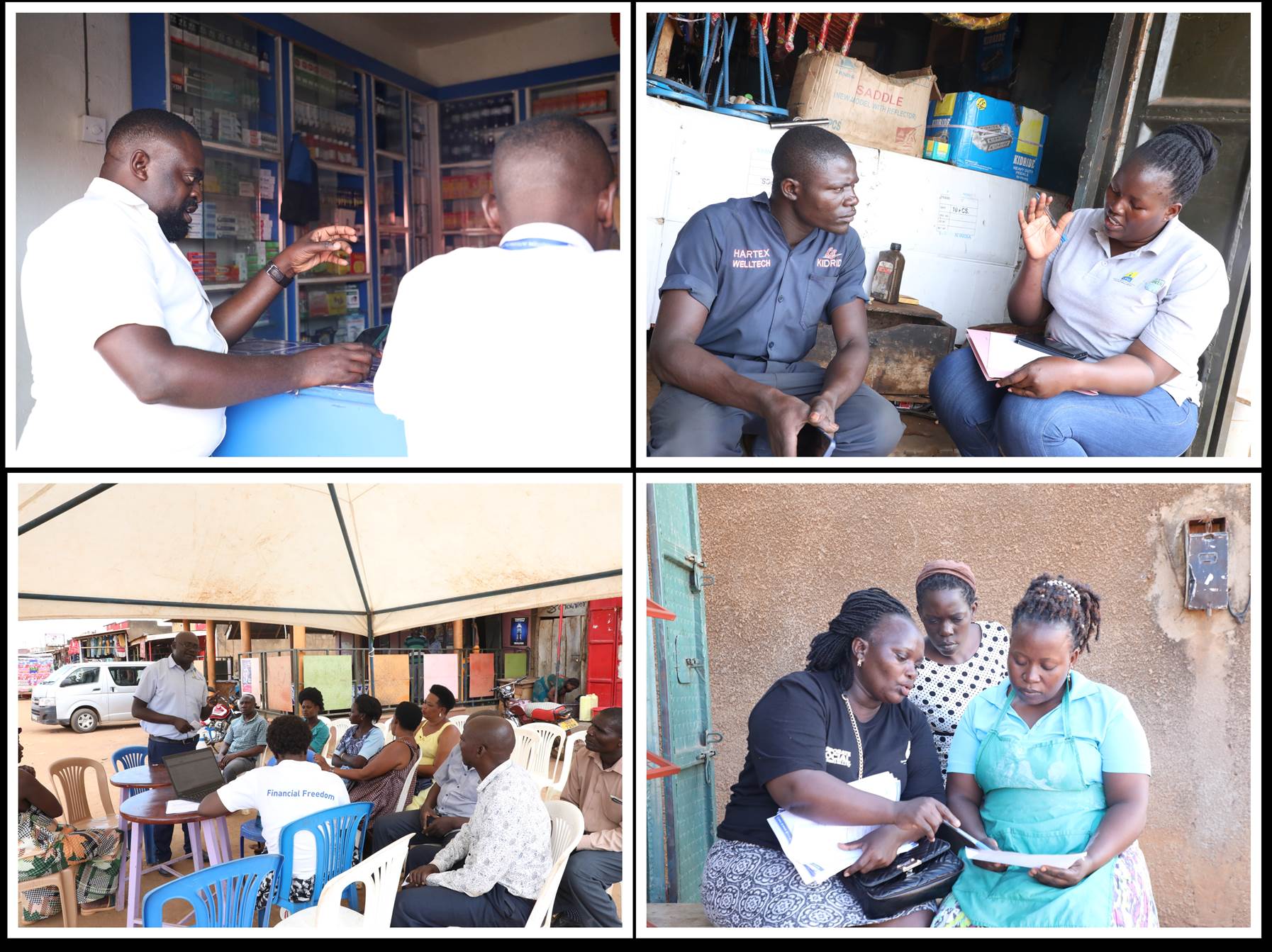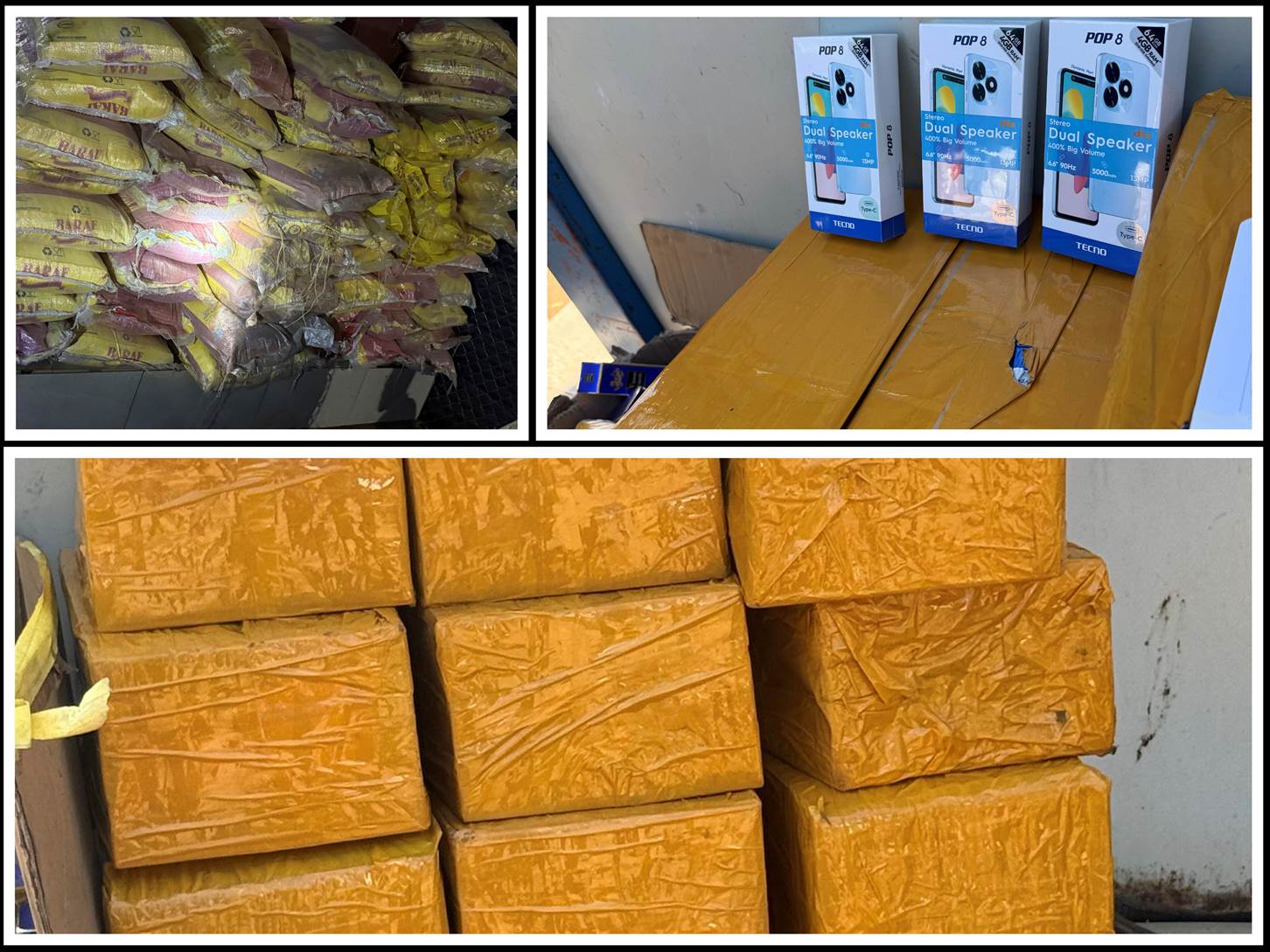What is a tariff?
A system of duties imposed by the government of a country upon goods imported or exported. A customs tariff shows how much duty is payable on imported or exported goods.
What is customs classification?
Customs Classification refers to a particular category in the Nomenclature in which a product is classified or categorized.
What is the Importance of tariff classification?
A common nomenclature (code-naming) is used to classify goods in the course of International trade. This helps in; a) Levying of Customs duties
- Collection of statistics
- Determining the origin of goods
- Monitoring controlled goods
- Enforcing trade barriers
What is the Harmonized Commodity Description and Coding System (HS)?
- It is an International system for classifying goods for trade purposes
- The HS is a universal economic language and code for goods and an indispensable tool for international trade
- It comprises more than 5,000 commodity groups; each identified by a six-digit code, arranged in a legal and logical structure. It is further supported by well-defined rules to achieve uniform classification
What is the structure of the Harmonized System?
The Harmonized system contains:
- 21 Sections – these show the broad range of goods
- 96 Chapters – these show narrow range of goods
- (Chapter 77 is reserved for future use while HS 98,99 are reserved for National use)
- 1222 (2017) Headings – these show a more specific level
- 5367 (2017) groups of goods (HS code) identified by a 6-digit code, (sub-heading) – these show a very narrow range i.e. very specific What are the principles of classification?
Classification uses Legal Notes. These include; i. The terms of heading; ii. Notes to sections, chapters, or subheadings;
iii. General Interpretative Rules (GIRs) – These are Rules that govern the interpretation of the Harmonized System (HS). The purpose of the rules is to ensure the uniform and consistent application of the HS Nomenclature
What are the General Interpretation Rules (GIRs)?
Classification of goods in the HS is governed by a set of six General Interpretative Rules (GIRs). These Rules instruct the HS users on how to classify goods under an appropriate headings and subheadings.
GIRs are designed to ensure that a given product is appropriately classified in one heading and subheading of the HS Nomenclature
What is the step by step approach to classification?
Classification involves an eight-step approach that includes the following; a) Identify the Articles
- Identify the possible Sections;
- Read the Section Notes;
- Identify the possible Chapters;
- Read the Chapter Notes;
- Read the terms of the heading;
- Choose the most appropriate heading at 4-digit level;
- Choose the most appropriate subheading at 6-8-digit level
Who are the users of tariff classification information?
Governments
International organizations
Private sector such as traders, clearing and forwarding agents
Researchers
Importers and exporters
What is the legality of tariff classification?
The Harmonized System is governed by “The International Convention on the Harmonized Commodity Description and Coding System” where Uganda is a signatory.
What are the challenges faced during the classification of goods?
The most common challenges to classification range from complexity, subjectivity, and ambiguity in the rules; structure, and language used which at times reduces uniformity and increases disputes and; developments in technology and changes in trade patterns among the users.
NOTE: As a result, there are many training opportunities on the use of the HS for the proper classification of goods
What is the East African Community Common External Tariff (EAC CET)?
The EAC CE T is a tariff regime established under the East African Community Customs Union based on the HS Nomenclature whereby the Partner States levy a common rate of duty on goods imported from non-Partner States. The current EAC CET is in accordance with the HS 2017 Version.
Who can I contact for more information?
The Tariff Unit On The 10th Floor Of The Ura Tower | Tel: 0417443111 Or 0323443111 |
